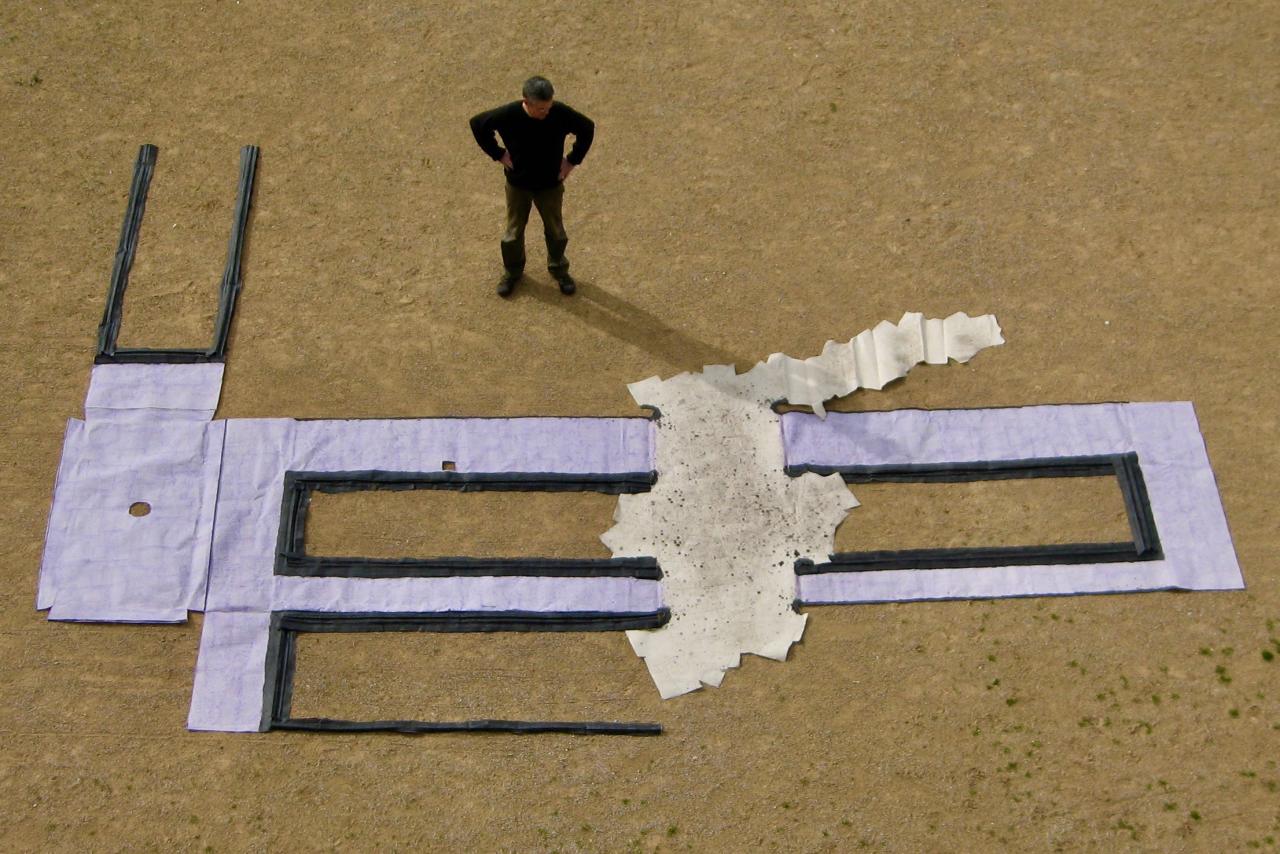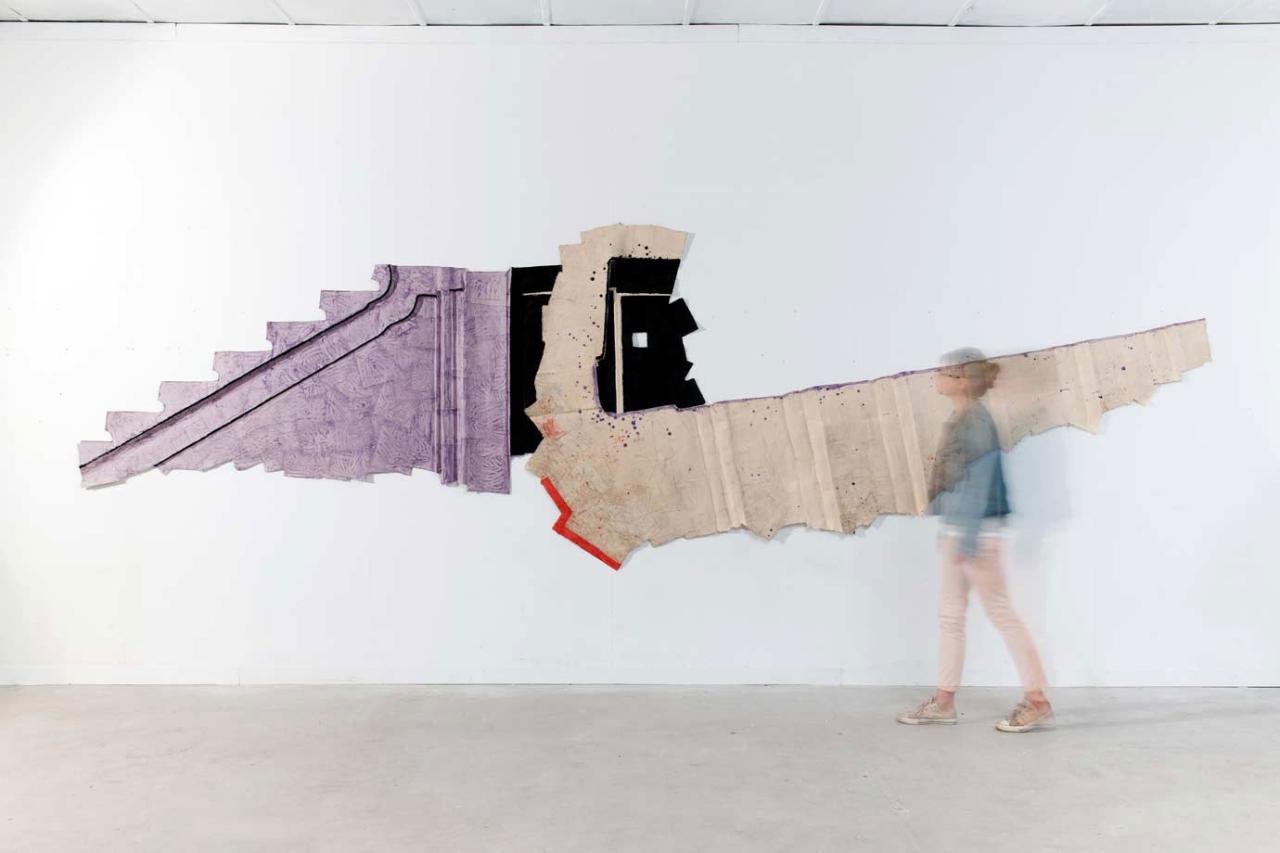Max Charvolen
Born in 1946
Lives and works in Cannes


Active within the ‘INterVENTION' group (1968-1973) Co-founder of the ‘Groupe 70' (1970)
Max Charvolen was born in Cannes, France in 1946 and grew up in the region of Nice which, in the 1960s, was one of intense creative activity, due as much to the presence of eminent representatives of the avant-garde movements of the time (Nouveau Réalisme and Fluxus) as to the development of new and original exhibition facilities, such as the Maeght Foundation.
At the Ecole des Arts Décoratifs in Nice, then at the Beaux-Arts and Architecture School in Marseille, he studied both painting and architecture. He then underwent architectural training in Oscar Niemeyer's agency in Rio de Janeiro. His work's approach has since reflected this duality in his education.
In this context, at the end of the 1960s, he took part in one of the last adventures to be historically classified as avant-garde in France: an entire generation of artists returning to a study of the objects and means of painting, adopting an analytical and critical approach. This followed the period when painting's detours had taken it through working with the objects of a consumer society (Nouveau Réalisme) or with attitude (Fluxus).
He thereby took part in the movement that was to develop into groups such as INterVENTION, ABC, Support-Surface or Textruction. He founded the “Group 70” with Chacallis, Isnard, Maccaferri and Miguel.
His purely experimental period ended in the late 70s, at which time he began to treat the problems of support, of marking, of representation, of tearing, of taking apart and reconstructing, of stripping off...he no longer limited his work only to the objects of painting, and ‘went onto the subject', approaching it in a most singular way.
In his work, the canvas - its format, its shape, its thickness, its colour - builds itself by a (direct) relationship to the places the artist uses. The canvas is brought to view by using procedures that are completely new in painting, passing from three dimensions to two. His work can involve everyday objects as well as parts of buildings and constructed areas. In the case of constructed areas, the places treated are most often those where there is a transition, a passage or a separation. As Charvolen has explored the possibilities in “flattening”, he has been able to develop an equally original contact with science and technology; his use of the computer is unique and as distant as it can possibly be to what has been done so far in the field of computer imagery. Charvolen uses the calculating capacities of computers, not to recreate the images that we recognize and that we can create using other means, but to give us an idea of the immeasurable mass we cannot know of and which only computers can give us access to.
Raphaël Monticelli
from: “Les portulans de l'immédiat - Max Charvolen 1979/1996, travaux sur bâtis”, Al Dante and Galerie Alessandro Vivas ed., Marseille 1997.